1、 Curing method
1. Soil: the cultivation of Ligustrum lucidum does not have high requirements for soil, and the general sticky soil is OK. Loose and breathable soil can grow better and help plant roots breathe and absorb nutrients
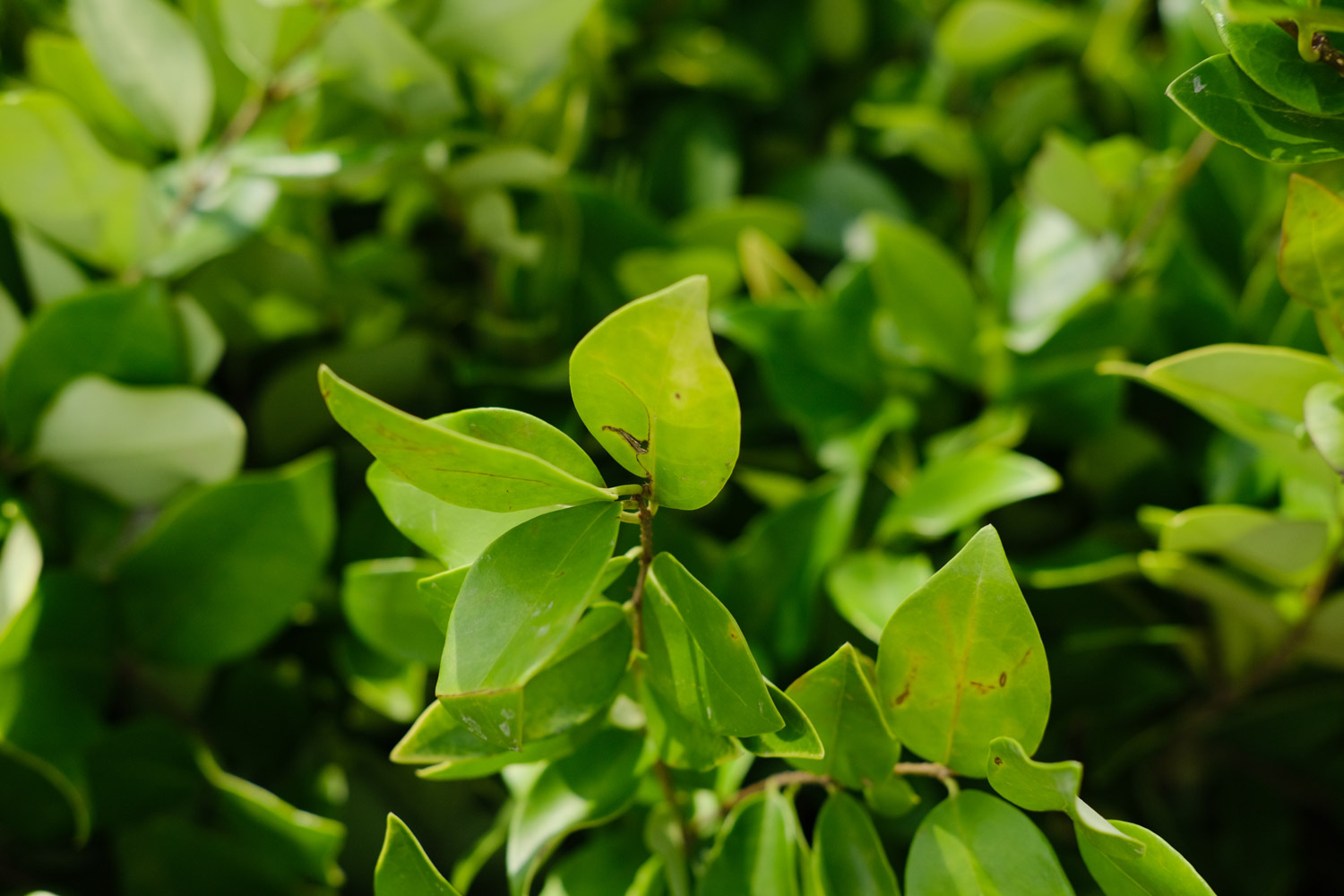
2. Water content: normal watering can be done. With the robust growth, the water content can be appropriately increased without ponding storage
3. Nutrient: before planting, a layer of compound fertilizer should be evenly sprinkled on the soil, and then turned and stirred, so that the fertilizer can be evenly mixed with the soil
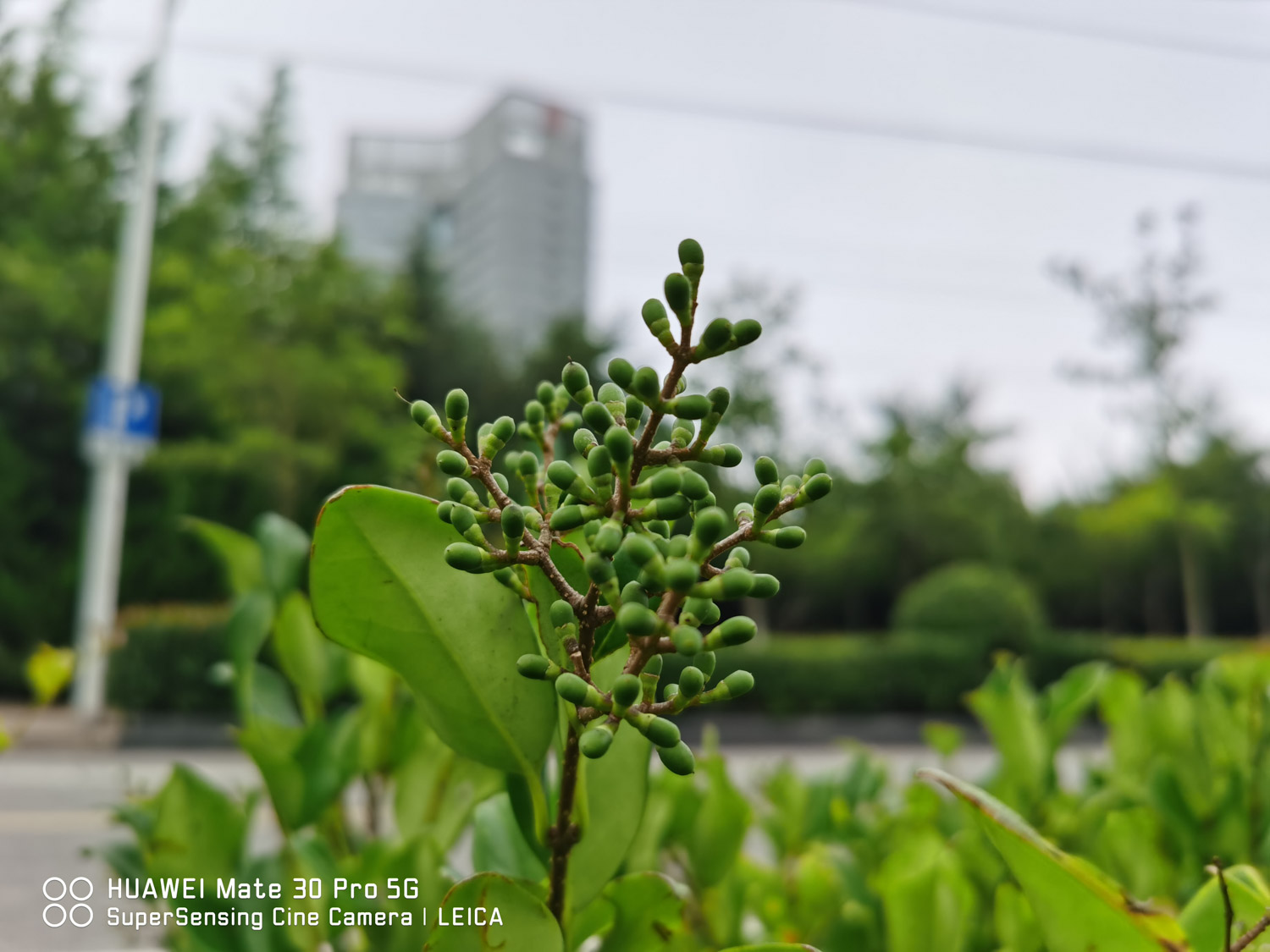
4. Light: sufficient light can make its branches and leaves thick and full, and it also has strong shade resistance. However, it is not suitable for direct irradiation with strong light. Direct irradiation will cause damage to branches and leaves and affect normal growth
2、 Breeding skills
1. Pruning: after growing for a period of time, the uppermost branches and leaves will wilt and turn yellow. There are new branches and buds below. Due to lack of ventilation and light transmission, the branches and buds are weak and small, so they need to be properly pruned to make them ventilated and light transmission, and the shape is round, which can grow better
2. Propagation: it can be carried out by cutting propagation. In spring, cut strong and thicker branches, insert them in nutrient sufficient soil, and then spray some water to moisturize them
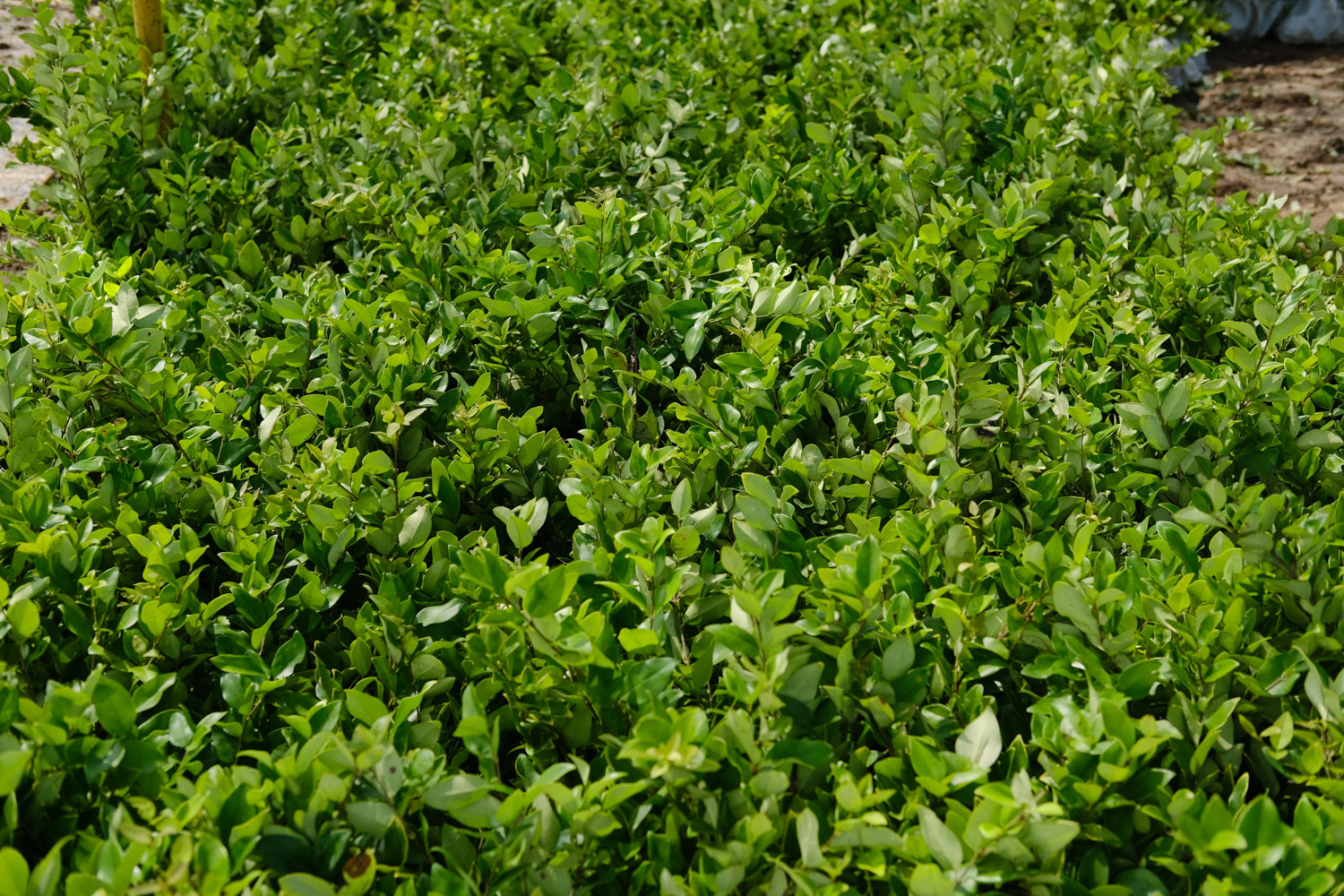
3、 Diagnosis and treatment problems
1. Privet inchworm: privet inchworm is a common pest of privet fruit. Improper control will cause serious damage to its branches and leaves. Select diluted diflubenzuron and spray it or directly capture and kill it
2. Night brown spot: this disease will damage its leaves, causing black mold around the leaves and then dry and fall off. It can be diluted and sprayed with methyltobuzin, or the soil can be sterilized with potassium permanganate before planting, so as to prevent in advance
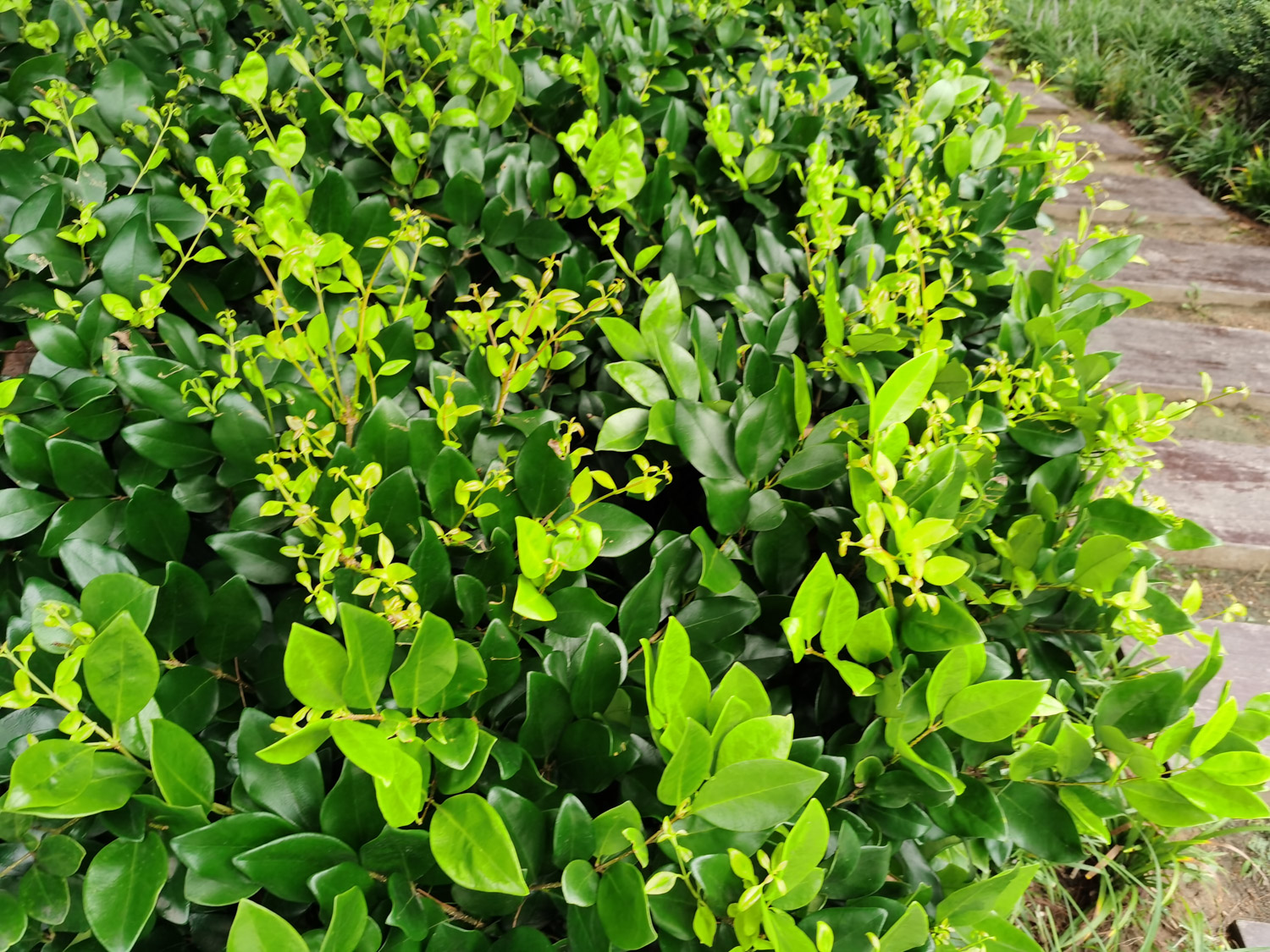
4、 Other issues
1. How to spend the winter: the temperature will be relatively low during the winter, so it needs to be moved indoors for maintenance. It is best to put it in a transparent place. The temperature should not be lower than five degrees Celsius to avoid frostbite to its plants
2. Rain: it can rain. It is a wet plant. Rain can wash off the dust on its branches and leaves. It can be refreshed after the baptism of rain, but pay attention to drainage to avoid ponding storage
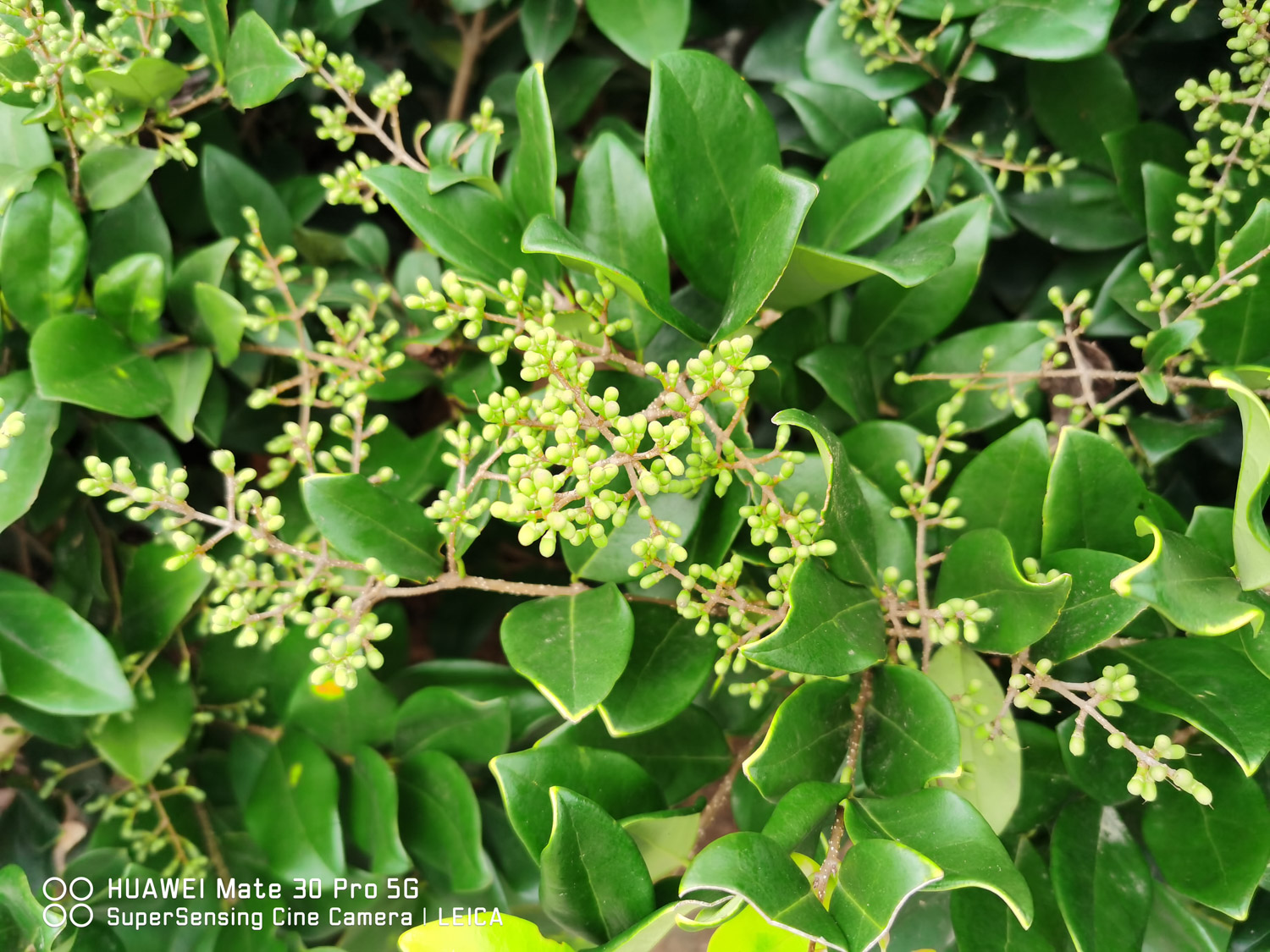

 jackfruit
jackfruit snake plant
snake plant hibiscus
hibiscus hydrangea
hydrangea lavender
lavender Green roses climb al...
Green roses climb al... If you don't pay att...
If you don't pay att... Management of four g...
Management of four g...

































